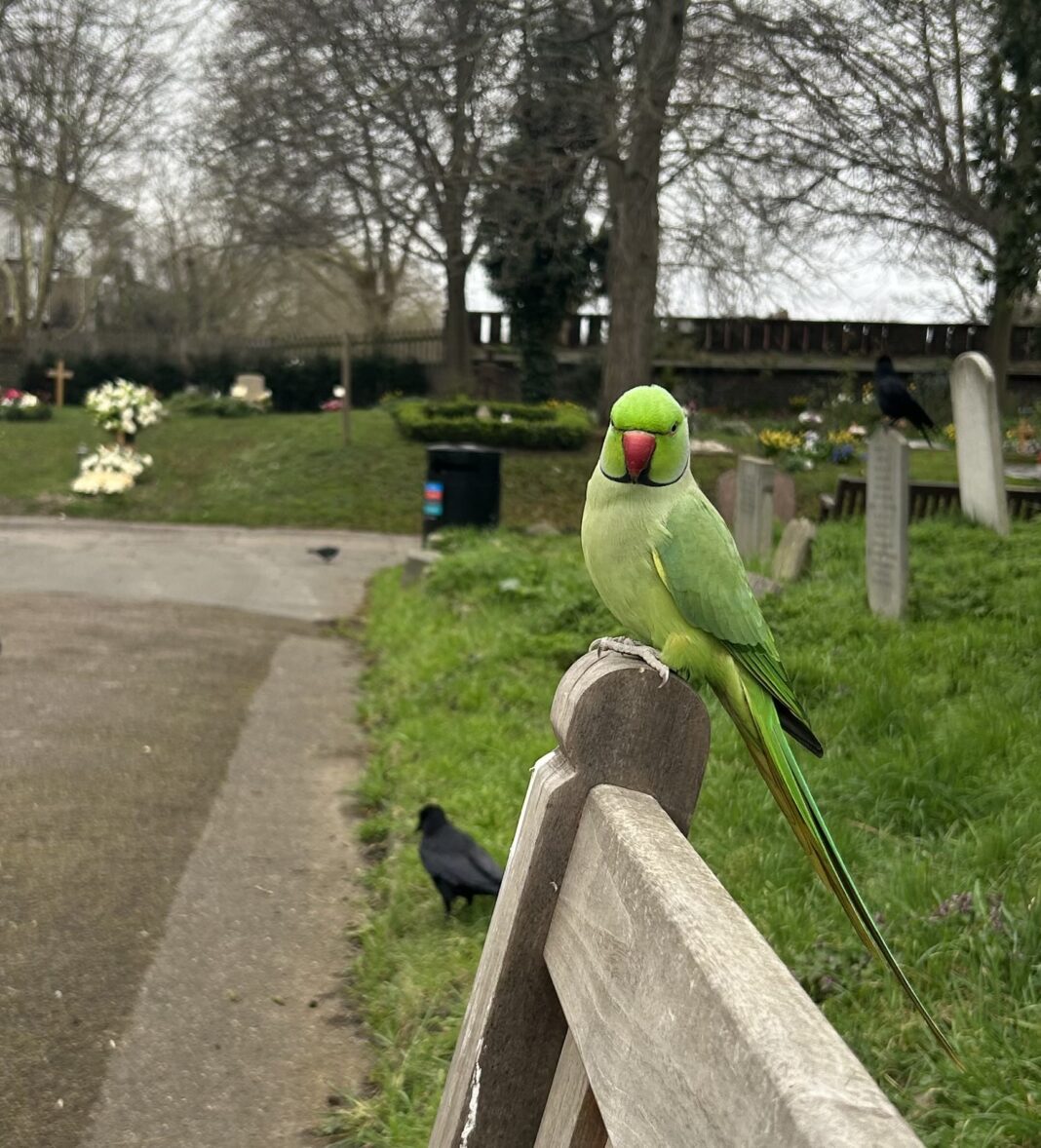Between 8,000 and 10,000 parakeets are living in the Belgian city of Brussels. These colourful birds are clearly not native to the region or continent, but they have settled in a place in Brussels.
While some people feed these birds as they find them very charming, others hate their noisy presence. The exact origin of these birds is unknown as Brussels wildlife authority still didn’t have any clue about where they come from.
The exact origin of the birds is unknown. However, it is generally thought that the first colony was created when in 1974 when a disgruntled manager of the Heysel branch of the Meli Parc decided to release the birds from the park’s aviary. He had no idea how many of these birds would be nearly 50 years later.
Nowadays, three different parakeet species are already found in the territories of Brussels. The ring-necked parakeet is the one the residents of Brussels encounter most frequently, and it’s typically the one that’s rumoured to have escaped the Heysel amusement park.
The monk parakeet, which sometimes constructs large ball nests, and the similar-looking but slightly larger alexander parakeets are the other two species, according to Adrien Chevalier, head of the biodiversity mission at the Royal Belgian Legal for the Protection of Birds (LRBPO), who spoke to The Brussels Times.
Up to 1,000 birds can gather in one tree at once while flying in swarms. Chevalier believes that the birds are not “aggressive” despite occasionally being used to acting a little aggressively.
“Ring-neck parakeets can be seen all around Brussels. They gather in areas known as dormitories throughout the winter and most of the year.
They spend the night together as a group. Over 1,000 of them will swarm on a tree in the evening, but this only occurs in eight locations throughout the entire region, the avian expert added.
These birds have a poor image, according to Chevalier. Still, many more invasive tropical species exist in the Brussels area, such as the Egyptian and Canadian geese, which “have more of a negative influence on biodiversity than parakeets.”
You may visit any park in the city to see the parakeet swarms.



